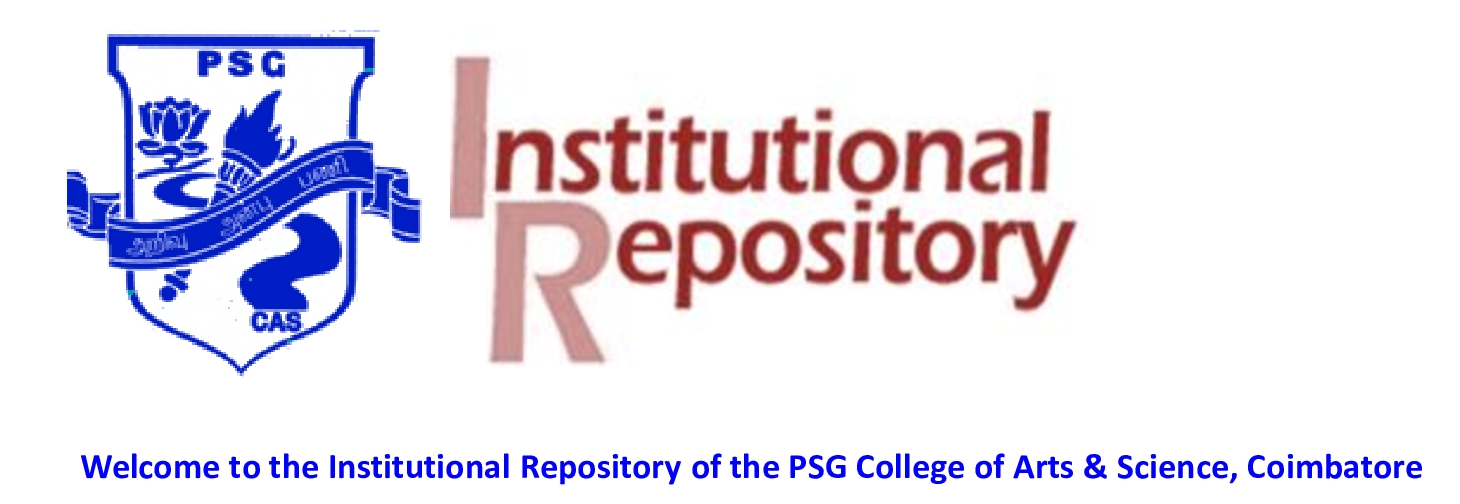Manju, Venugopal and Micheal, A and Rajendran, R and Muthukrishnan, P and Shanmuga Priya, R and Punam Sen and Dajily, D R and Krishnaveni, N Isolation, Discovery of Bioactive Compounds, Phylogenetic Analysis of Streptomyces sp. Hb084 and its Cytotoxic Studies against MCF-7. PSGCAS Search: A Journal of Science and Technology, 2 (2). pp. 18-23. ISSN 2349 - 5456
Manju et al., 2014.pdf - Published Version
Download (147kB)
Abstract
Infectious disease is the number one cause of death in tropical countries accounting for approximately half of all
fatalities. The chemotherapeutic treatments of infectious diseases are also getting limited due to the emergence of antibiotic resistant pathogens. Actinomycetes play a quite important role in natural ecological system and they are also profile producers of antibiotics, antitumor agents, enzymes, enzyme inhibitors and immune modifiers which have been widely applied in industry agriculture, forestry and pharmaceutical industry. In the present study, Actinomycete isolates were screened from the mangrove soil samples, totally 5 Actinomycetes strains were isolated. The isolates were grown in various medium to illustrate the cultural
and morphological characteristics. Secondary screening was done to identify the isolates which shown broad spectrum activity against selected bacterial pathogens. Extracted compound was tested for antibacterial activity against 12 Bacterial pathogens including MRSA (Methicillin resistant Staphylococcus aureus) by Agar well diffusion method. The compounds were studied for short term in vitro cytotoxicity using Dalton’s lymphoma ascites cells (DLA). MTT Assay results showed the IC50 value against MCF-7 cells were 19.84µg/ml. The results suggest that the crude extract is less toxic to normal cells and toxic to MCF-7 cells. Various biochemical tests were performed to describe the biochemical characterization of the sample MS5. 16s rRNA sequence of the effective MS5 was sequenced and analyzed by PCR amplification method. The microbe was found to be
most similar to Streptomyces sp. HB084 (GenBank entry (GU213489). Biologically active compounds were identified from the extract compound by TLC, GC-MS and FT IR analysis.
| Item Type: | Article |
|---|---|
| Subjects: | |
| Depositing User: | Users 1 not found. |
| Date Deposited: | 10 Dec 2021 06:30 |
| Last Modified: | 10 Dec 2021 06:30 |
| URI: | https://ir.psgcas.ac.in/id/eprint/156 |

